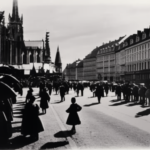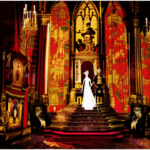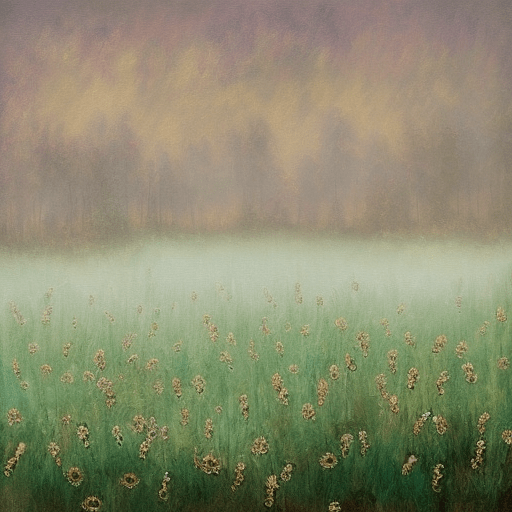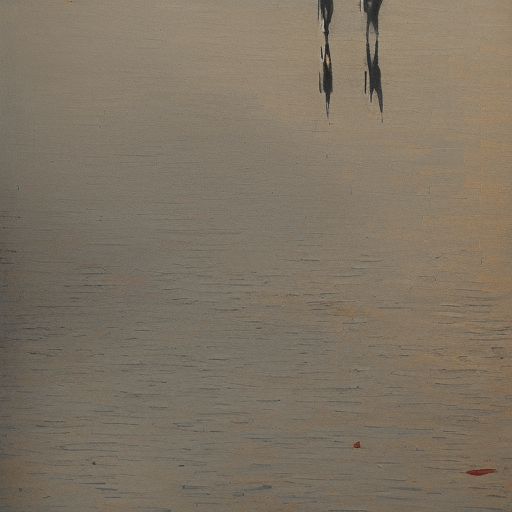An Autumn Afternoon by Yasujirō Ozu
One-line Summary:
An Autumn Afternoon is a poignant Japanese drama directed by Yasujirō Ozu. The film explores the themes of aging, family dynamics, and societal expectations. It follows the life of Shuhei Hirayama, a widower and father of three grown children, as he navigates the complexities of love, marriage, and the changing times in post-war Japan.
Main Cast and Crew:
- Director: Yasujirō Ozu
- Writer: Yasujirō Ozu, Kogo Noda
- Key Actors: Chishū Ryū as Shuhei Hirayama, Shima Iwashita as Michiko Hirayama, Keiji Sada as Kazuo, Mariko Okada as Akiko, Shinichirô Mikami as Koichi, Nobuo Nakamura as Sakuma
- Music Director: Takanobu Saito
- Director of Photography: Yuharu Atsuta
- Producers: Shizuo Yamanouchi, Masayuki Sato
Plot:
Set in Tokyo, An Autumn Afternoon revolves around Shuhei Hirayama, a middle-aged man who works as a company executive. Shuhei is a widower and lives with his unmarried daughter, Michiko, and his two sons, Kazuo and Koichi. As the film progresses, Shuhei’s friends and colleagues begin to express concern about his daughter’s unmarried status and urge him to find her a suitable husband.
Shuhei is torn between his desire to see Michiko settled and his fear of losing her. He is also grappling with his own loneliness and the realization that he is growing older. Meanwhile, his sons are preoccupied with their own lives and show little interest in their sister’s marriage prospects.
As the story unfolds, Shuhei’s close friend, Sakuma, introduces him to a potential suitor for Michiko. However, Shuhei is hesitant to arrange the marriage, fearing that it will lead to his daughter’s unhappiness. Eventually, he realizes that he must let go and allow Michiko to make her own choices.
The film beautifully captures the everyday moments and interactions within the Hirayama family, highlighting the subtle tensions and unspoken emotions that exist between them. Ozu’s signature style, characterized by his use of static shots and low camera angles, adds a sense of intimacy and authenticity to the narrative.
Themes and Motifs:
An Autumn Afternoon explores several central themes, including the passage of time, the changing roles of women in society, and the complexities of familial relationships. The film delves into the societal pressure faced by women to conform to traditional gender roles and the expectations placed on them to marry and have children.
Ozu also examines the generational divide and the challenges faced by the older generation as they struggle to adapt to a rapidly changing world. The motif of seasons, particularly autumn, symbolizes the transience of life and the inevitability of change.
Reception and Legacy:
Upon its release in 1962, An Autumn Afternoon received critical acclaim for its sensitive portrayal of human relationships and its exploration of universal themes. The film was nominated for the Golden Lion at the Venice Film Festival and won the Blue Ribbon Award for Best Film.
Yasujirō Ozu’s body of work, including An Autumn Afternoon, has had a lasting impact on cinema. His unique storytelling style, characterized by his focus on everyday life and his emphasis on human emotions, continues to inspire filmmakers around the world.
Recommendation:
An Autumn Afternoon is a masterful piece of cinema that offers a profound exploration of love, loss, and the complexities of family dynamics. It is a must-watch for fans of Japanese cinema and those interested in thought-provoking character-driven dramas. The film’s timeless themes and Ozu’s meticulous craftsmanship make it a true gem of world cinema.
Memorable Quote:
“Isn’t life disappointing?” – Shuhei Hirayama












